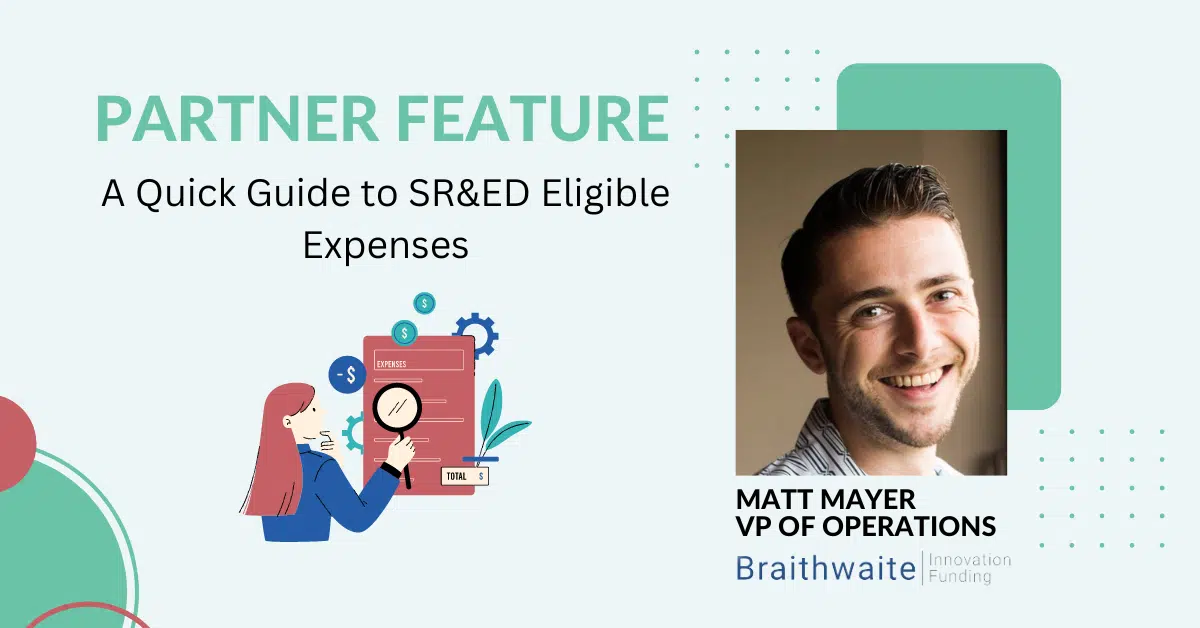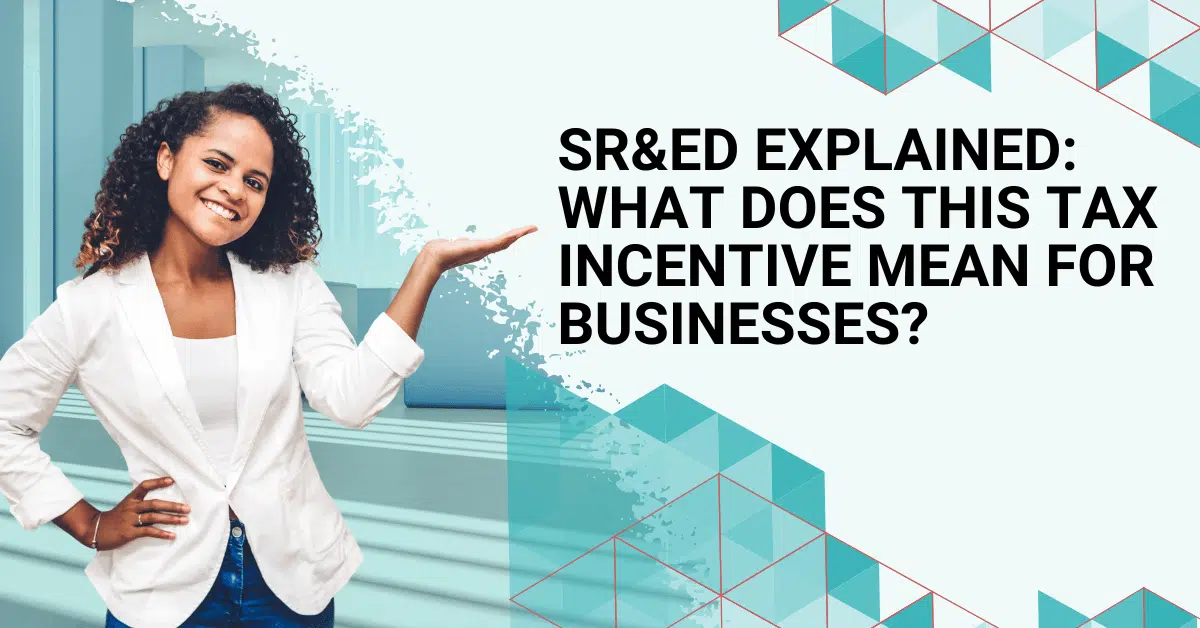Reading time: 5 minutes
Tax credit financing companies typically look at 4 different stages of the lifecycle of a tax credit:
- Corporate taxes filed with the CRA
- Fiscal year-end passed, but taxes were not filed
- Accruing tax credits during the year but have not reached fiscal year-end
- Forecast to be accruing tax credits in the future
There is a different risk at each stage, and some lenders offer different amounts for each step.
Let’s start with the scenario where your company has a $700k SR&ED claim and would like $1M in financing. You have just finished your fiscal year-end. Some lenders will loan you based on the $700k. Others will allow you to borrow based on the accrued $700k plus a forecasted $700k. That’s right – they will lend you money based on your forecasted SR&ED qualifying expenditure. Most of the time, if the lender offers a 75% loan-to-value on the accrued SR&ED, they will offer a lower loan-to-value on SR&ED that is forecast to occur in the future. The loan to value is often in the 50% range for future SR&ED. In addition, the lender will want to see a track record of similar size claims or a good reason why the future claim will materialize. This is often the case for longer-term R&D projects in which it is quite certain that significantly more effort is required to find a solution.
At the other end of the spectrum is a company that has filed its SR&ED claim and only wants to finance a portion. The lender will have to move quickly so the funding can be in place well before the refund. In these circumstances, the loan to value is often 80% or above. In addition, there is typically a minimum interest period ranging from 2 to 6 months. It is in everyone’s best interest that the loan be outstanding for at least 2 months. It’s not economical for lenders to have extremely short-duration loans. It also doesn’t make sense for borrowers to take on a debt obligation for a very short period.
In the middle of these extremes is accrued tax credit financing, either before or after the fiscal year-end. All SR&ED lenders do this all day long and offer competitive rates.
Ask yourself, “How much do I want to borrow without putting the company at risk?”
In my experience, if you need to borrow significantly more than your SR&ED claim and have no other alternatives, you are probably asking for too much money. Every circumstance is different, but lenders want to know that there is a runway that can assure them that the company will accrue SR&ED in the future. Often, this means committed equity or revenue. Lenders are not in the business of taking equity-like risks. As a result, I suggest raising a bit of equity and a bit of debt simultaneously.
Another option SR&ED lenders employ is to provide a borrowing base equal to 2X your current SR&ED claim with multiple disbursements. Therefore, you don’t get all the money at once. In fact, you may never draw the maximum borrowing base if your research & development declines or there are other material changes in your business. That said, having a high borrowing base with multiple disbursements is a good way to minimize interest payments while maximizing flexibility.
Yes, you can borrow based on SR&ED tax credits that have not been earned.
A lender will take a holistic look at the business, and you can sway them by increasing revenue, having robust accounts receivable, or any number of other factors. Work with your lender to structure a facility that gives you the most flexibility while meeting your business objectives.
Looking to finance your SR&ED claim? Contact us now to see how SR&ED financing can immediately unlock much-needed cash flow to grow your business.




